What makes UP special? Here are the many reasons
Boycott! This was my introduction to university life on the University of the Philippines (UP) Diliman campus on the very first day of classes in 1977.
I walked from the Kalayaan dorm to the Arts & Sciences building—the typical freshman filled with anticipation, trepidation, ambition, fear—discovered there were no classes, and walked back to the dorm nonplussed. I didn’t learn until later that a boycott had been called by students fighting with the university administration over who should be the editor-in-chief of the Philippine Collegian.
Through my college years there would be countless other walkouts from classes, protest rallies and demonstrations on controversies long-forgotten and fundamental issues of freedom, fairness and right-and-wrong all the way to the People Power Revolution at the end of my senior year at the College of Law in 1986. These were the big public events that sought change in the course of many lives, if not the nation.
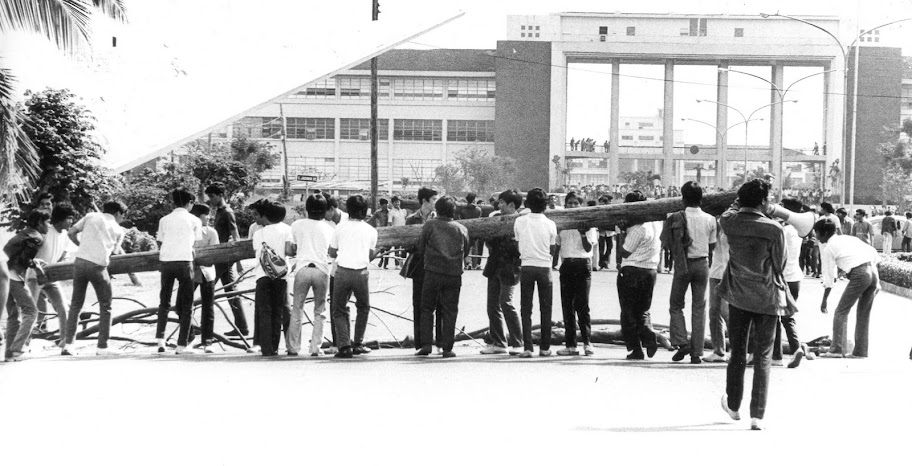
But the truly important battles took place in darkened dorm rooms, in small discussion circles on the patches of grass in and around Palma Hall, in lectures under acacia trees, in strolls around the Academic Circle, in plays put up at Wilfrido Ma. Guerrero theater, and in formal classes on labor economics or on the socialist provisions in the Martial Law constitution—where the prize at stake was the mind of one student at a time.
Ideas, compelling and confounding, came from every direction and grabbed at the souls of young people in ways they could never have expected. It was not unlike the experience of walking by the College of Music: all at once you could hear an operatic aria, a couple of pianos, a saxophone, maybe a cello, competing for space in your ear.

Exhilarating. Beautiful. This was the university.
When classes finally did start in that first semester of ’77, my English professor Father Al Nudas—a Jesuit priest in what I had expected to be the bastion of secular state education—asked us to describe “The UP Student.”
The quick answers consisted mostly of blue jeans and t-shirts, but I remember saying there were as many different kinds of UP students as there were different kinds of chairs in the AS classrooms.
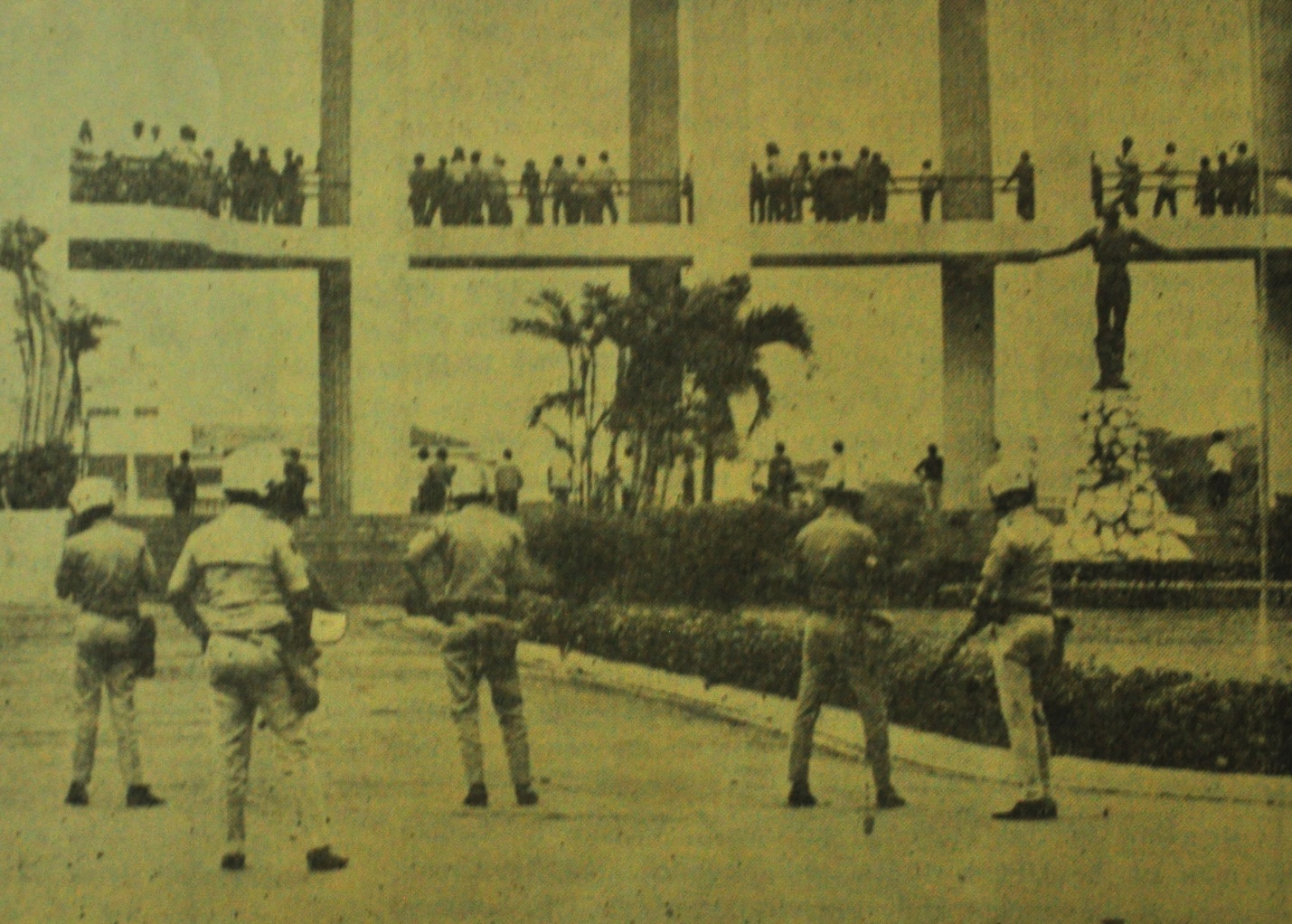
UP students can’t be pigeon-holed into a single type. They come from disparate backgrounds, from all over the country, and each one holds a different point of view. The value of a university education is largely a product of the interaction of all these vastly different influences, including and especially those that the regime might find subversive.
The mere prospect of unannounced police or military intervention freezes the mind and shuts down expression.
I was lucky because I had been exposed to all this early. Both my parents were UP professors and I grew up inside the resort-campus of UP Los Baños.
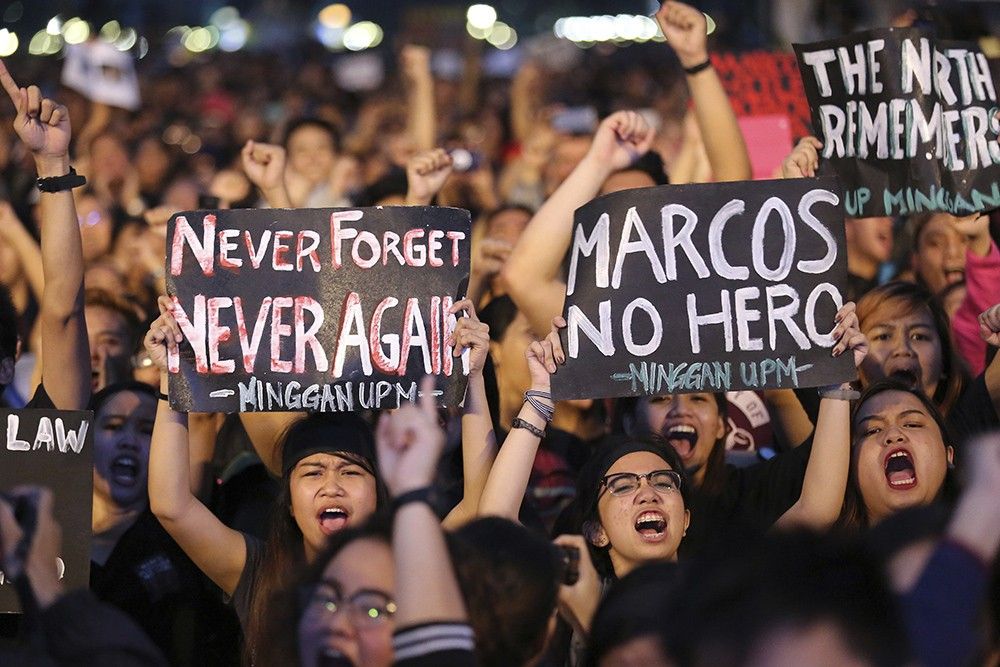
My father, for whom a building has been named, could convince us of anything, even that certain special stones could grow, and in so doing eventually instructed us to question everything. Mom, on the other hand, taught us that the inquiry of true genius was not how things happened but why things happened.
In Grade Three we had a thin, long-haired teacher who could rant about government malfeasance like the student leader we assumed he was; while in Grade Four we had an older teacher who sent me to the principal’s office as punishment for making a mockery of, ironically, a mock election. My botanist mom might have said that a university campus should be like a protected greenhouse where all sorts of plants—medicinal herbs, poisonous vines, decorative flora and pesky weeds—are allowed and encouraged to grow and flourish.
Because I wore a military uniform on Saturdays for four years in college, I was condemned as anti-democratic and labeled a fascist. I didn’t mind too much. I always felt the tags were the results of misperceptions of what we actually did in the UP Corps of Cadets, something we might on some other day try to explain.
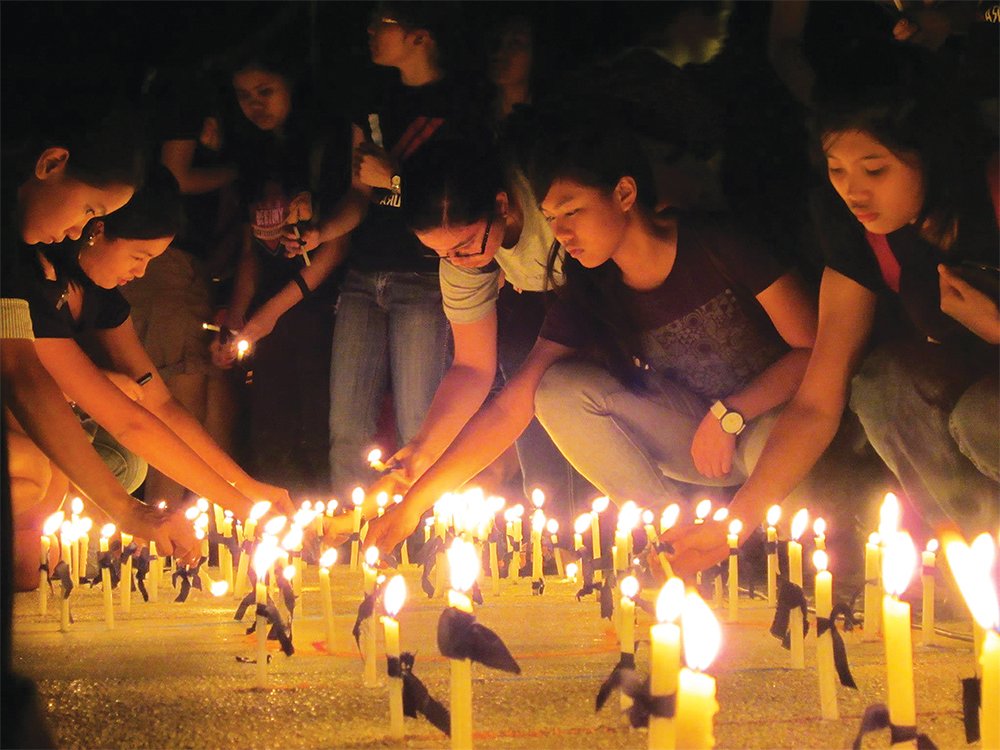
For now, assuming for the sake of argument that our purpose on campus was to recruit government loyalists, our existence could then be seen as a testament to the richness of the freedom in the university where the choices were not limited to simply what to think but open to the wide variety of how to think.
Yes, a few students will be recruited into armed struggle against the government, just as others will hear only the siren song of personal power and greed. Whether they are killed or become president, they make their own choices.
For those who did not have the privilege of studying at the University of the Philippines or the opportunity to go to any university at all, it might be difficult to understand why the U.P. community is so passionately defending its freedom from the entry of the coercive forces of the police and military, at least from the entry without prior notice.
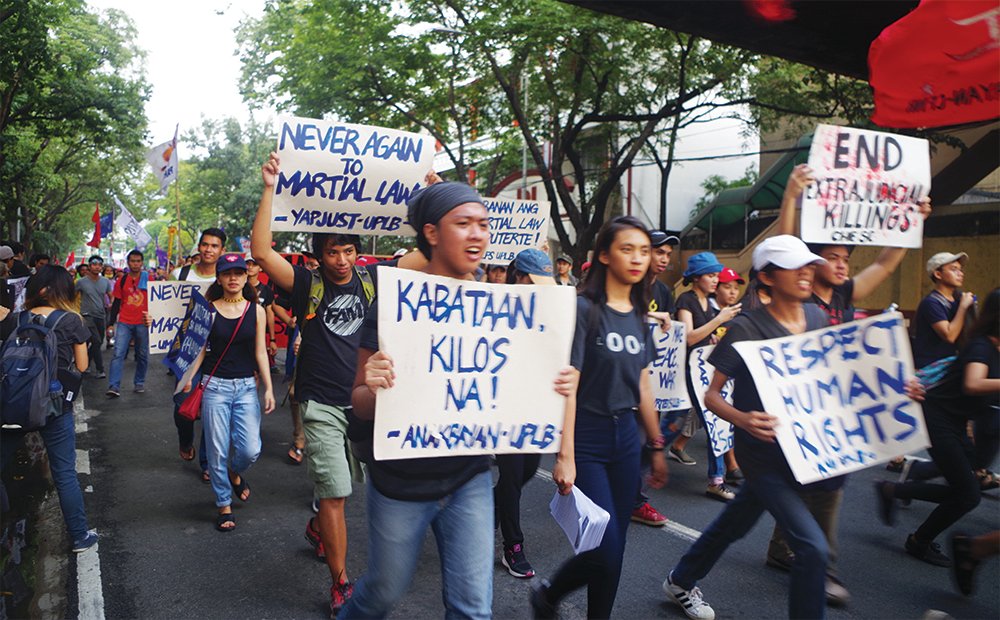
For us, the university is home. And home is an extension of the mind. We cannot be held to account for the debates, the opinions and even the intentions held within the confines of our minds. Similarly, a father should be given great leeway in what he says, to his son, for example, in the privacy of his own home.
In the classic formulation of William Pitt: “The poorest man may in his cottage bid defiance to all the forces of the Crown. It may be frail—its roof may shake—the wind may blow through it—the storm may enter—the rain may enter—but the King of England cannot enter!”
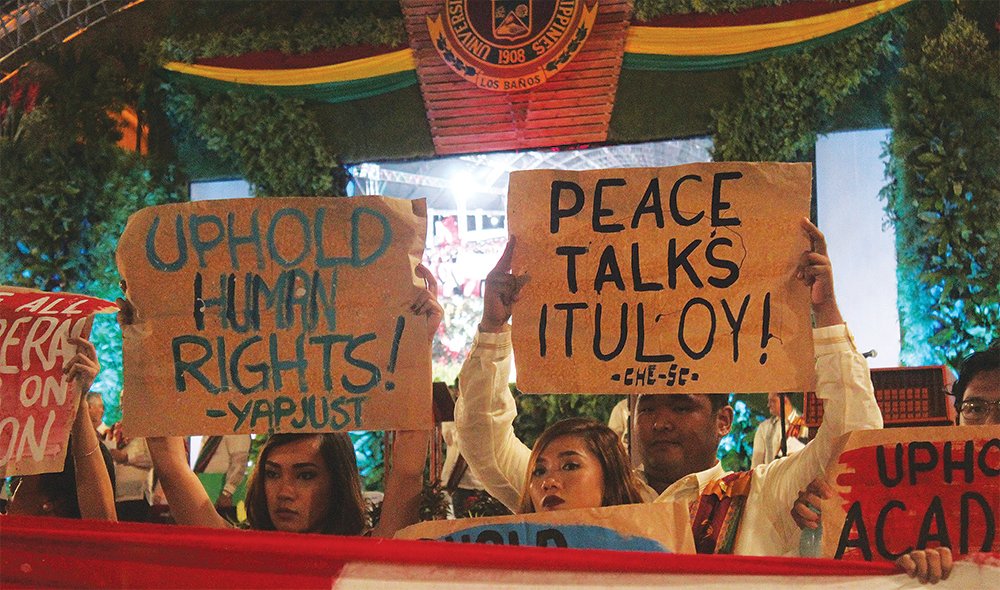
As a home, the university should be a safe zone for political, social, religious, economic and scientific thought and discourse—without any fear of, say, a narrow fascist response, arrest, reprisal or summary execution. The mere prospect of unannounced police or military intervention—of the King coming in with all his fury—freezes the mind and shuts down expression. For as long as the students and the professors aren’t burning the school down, the police, firemen and soldiers should keep out.
Yes, a few students will be recruited into armed struggle against the government, just as others will hear only the siren song of personal power and greed. Whether they are killed or become president, they make their own choices.
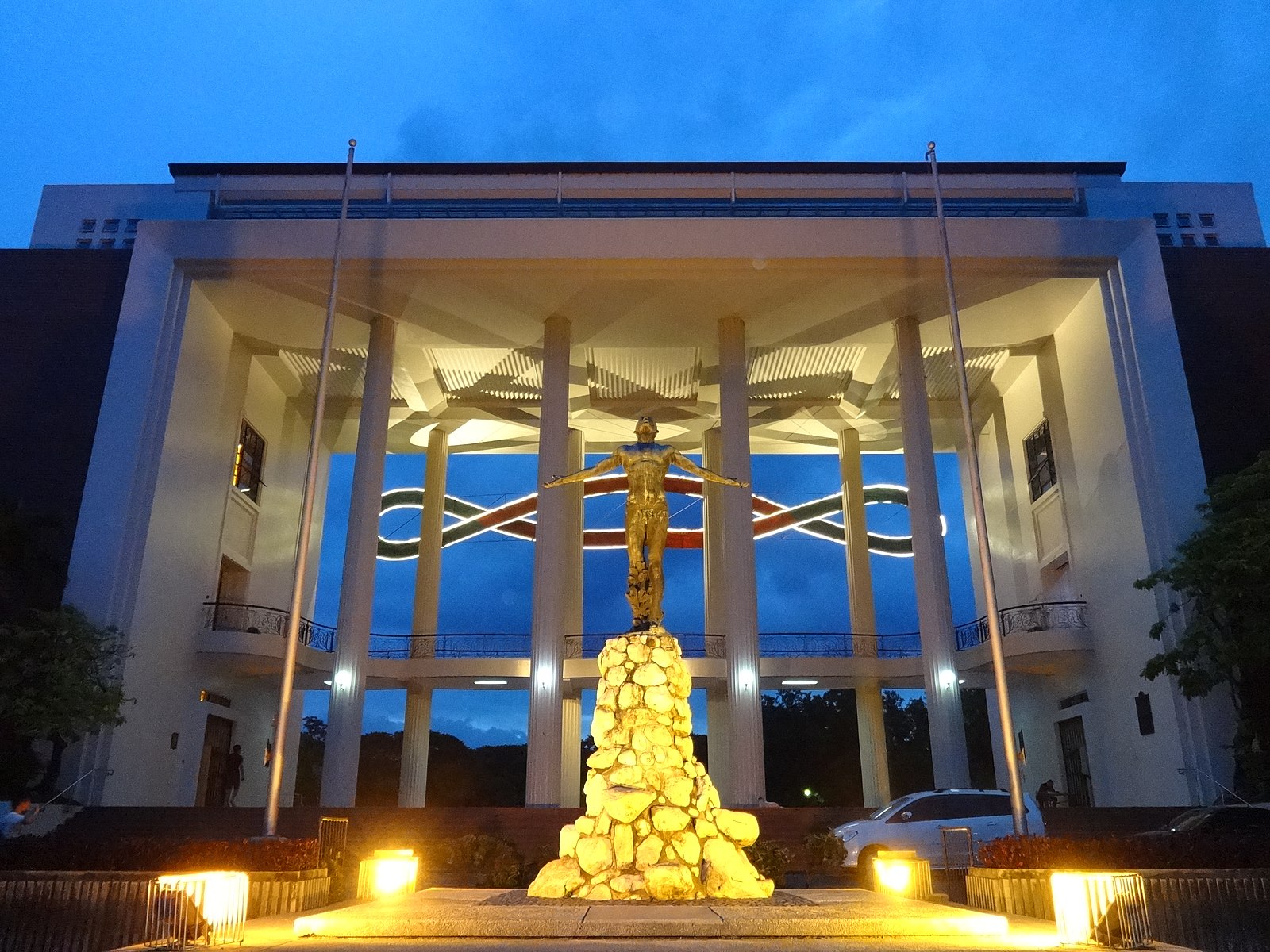
Because of this very same freedom to choose, however, the vast majority of the products of the university will be well-rounded leaders, politicians with a strong relationship with the truth, administrators who can speak truth to power, managers who can see the many facets of every problem, entrepreneurs with original propositions, scientists with novel approaches, soldiers whose brains are filled with more than gunpowder and musicians who can find beauty even within cacophony.
Who knows what our country and the human race will need in the coming years? Chances are the solutions will come from the training and the thinking within a free university.
Banner photo of the Diliman Commune, 1971, from “The University of the Philippines: A University for Filipinos,” edited by Gloria D. Feliciano (1984).


